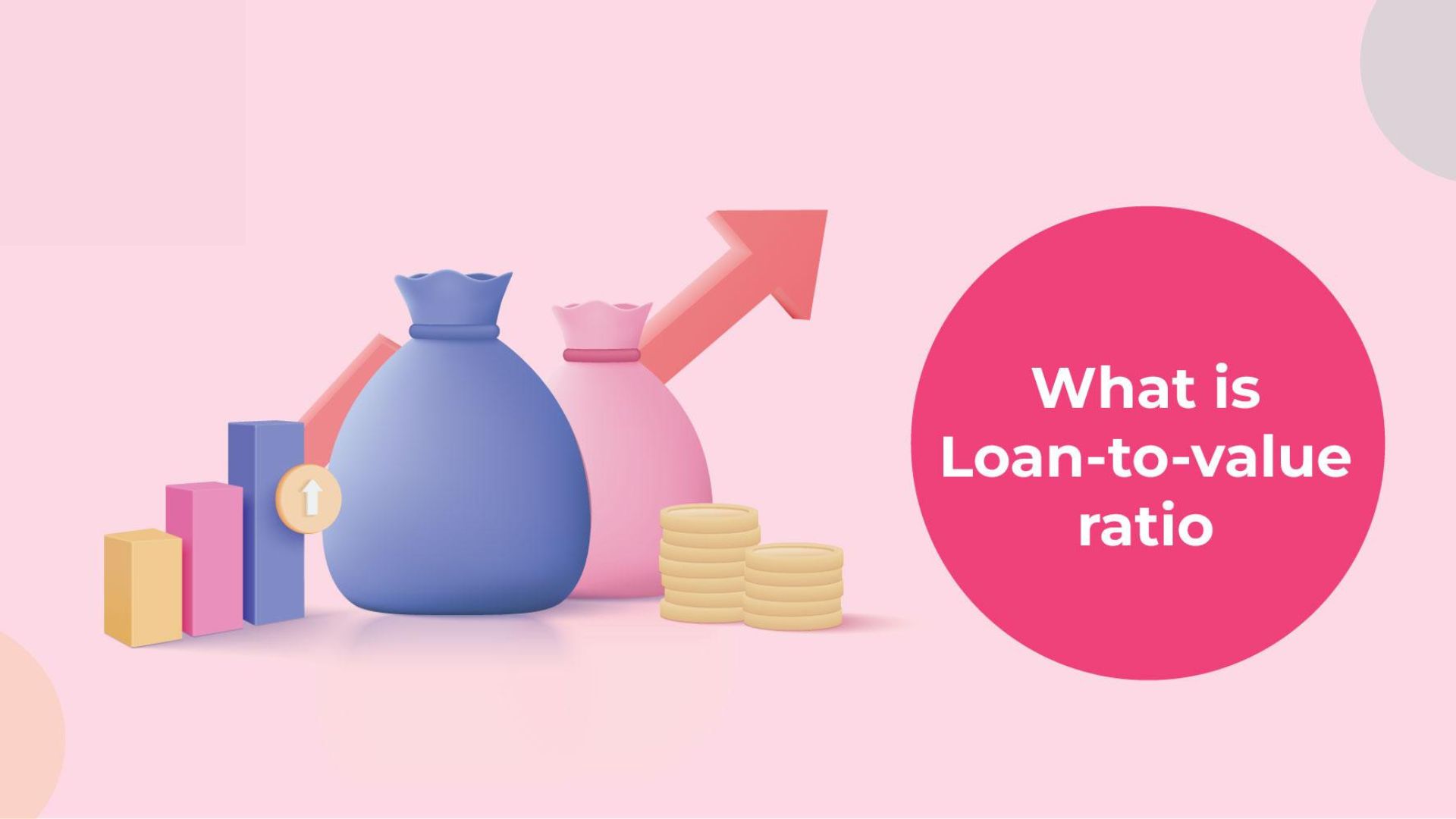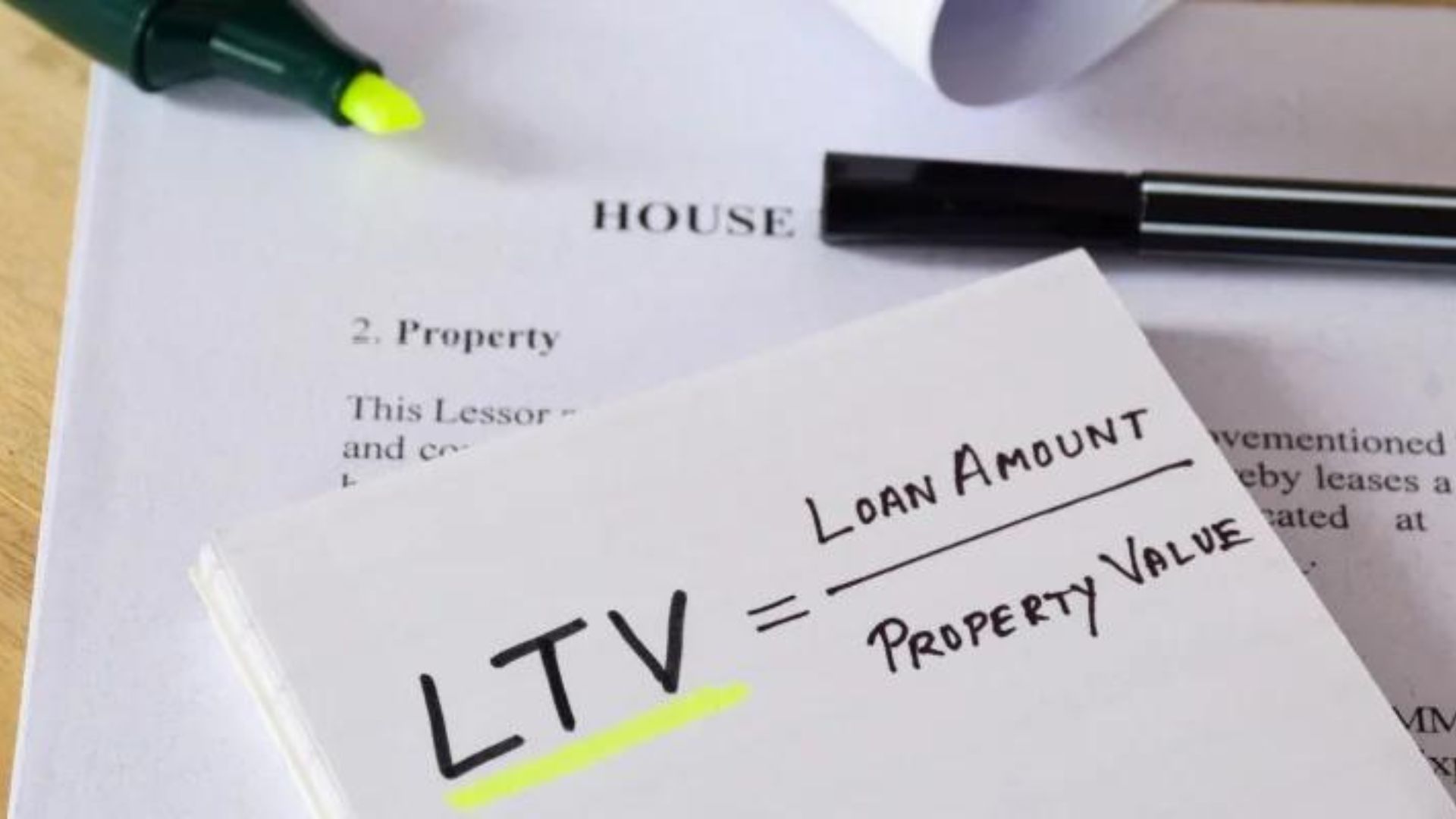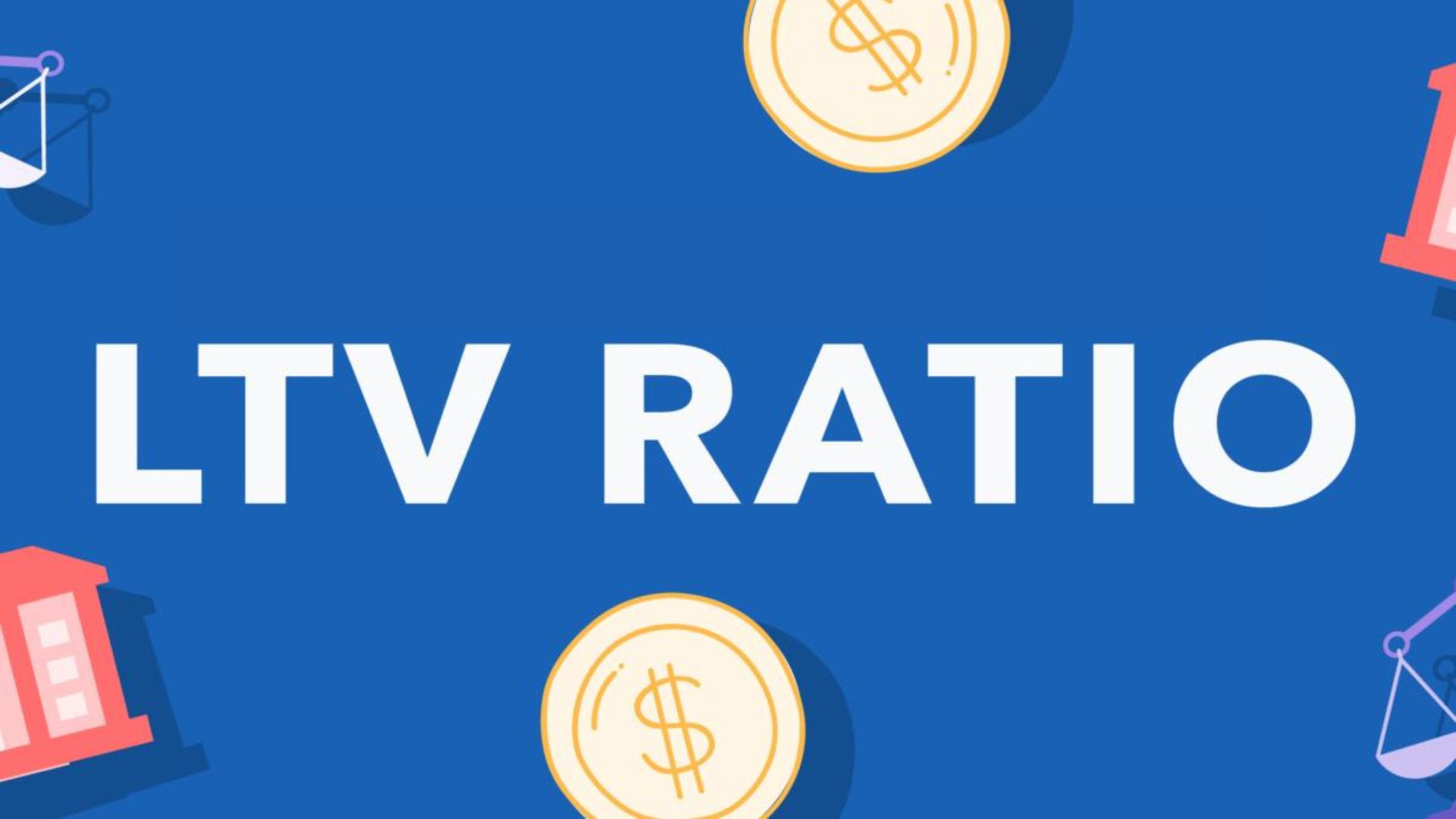What Is A Loan-to-value Ratio (LTV)?
The loan-to-value (LTV) ratio is a crucial financial metric used by lenders to assess the risk of a mortgage or other types of loans. It is calculated by dividing the loan amount by the appraised value of the property or the purchase price, whichever is lower. The resulting percentage represents the proportion of the property's value that is financed through the loan.

Morgan Barrons
Jan 26, 2024
The amount of accessible equity in your house is a significant factor when applying for a home equity line of credit. The difference between the appraised worth of your house and the amount of your existing mortgage(s) is your home equity. You may have access to additional financing choices the more equity you own.
One of the elements your lender will take into account when determining whether or not to accept your application is your loan-to-value ratio (LTV), which is determined in part by your equity. It also assists your lender in determining if private mortgage insurance (PMI) will be required of you.
Your loan-to-value ratio (LTV) must typically be 80% or below in order to avoid PMI. However, as PMI only applies to first liens, you should be OK with paying PMI if your home equity line of credit is a second lien on your property. In this article, we will talk in detail about what is a loan-to-value ratio (LTV)?
What Is A Loan-To-Value Ratio (LTV)?
A loan-to-value ratio, or LTV ratio, is a figure that gives lenders a better idea of the financial risk associated with a mortgage.
The amount you have borrowed in relation to the market worth of your house is expressed by your loan-to-value ratio (LTV). That indicates that you have borrowed 75% of the value of your house if your mortgage's loan-to-value ratio is 75%.
When assessing your mortgage application, lenders could take your LTV ratio into account. Your LTV ratio may also influence the interest rate a lender sets for your loan.
LTV ratios can affect certain other secured loans or credit lines, but they are particularly significant in the mortgage lending industry. When you apply for a home equity loan or a home equity line of credit (HELOC), for instance, lenders could also take your LTV ratio into account.
How To Calculate LTV?
Loan-to-value ratio calculations are relatively simple. To find the percentage, just divide the loan amount by the property's appraised value or purchase price, whichever is smaller. Then, multiply the result by 100. As in our example above, a loan of $150,000 divided by an appraised value of $200,000 produces an LTV ratio of 75%.
Keep in mind that the contractual purchase price of a property, not the seller's asking price, is usually taken into account by the bank when calculating LTV. The mortgage lender orders the appraisal, but the potential borrower is responsible for paying for it.
What Is A Maximum Loan-To-Value Ratio?
A loan-to-value ratio (LTV) evaluates how much a loan is for in relation to the worth of the property it is being used to buy. The highest loan-to-value ratio (LTV) that a lender would take is known as the maximum LTV.
For instance, in mortgage financing, a higher loan-to-value ratio indicates a more significant portion of a home's purchase price that must be funded with borrowed funds. Lenders use the loan-to-value ratio to gauge the risk they are taking since the home acts as security for the loan.
Lenders set maximum loan-to-value ratios to make sure they can recover all of their costs or a significant portion of them should the borrower default on the loan and the lender be forced to take possession of and sell the collateral.
The lender is taking on less risk and lowering the loan-to-value ratio. Maximum loan-to-value ratios are used for a variety of lending products, most notably auto and house mortgages.
LTV And Refinancing
Your loan-to-value ratio (LTV) will be determined by refinancing based on the current principal balance and property valuation. Let's say you borrowed $160,000 at first on a $200,000 house. This equates to an 80% LTV.
Your loan-to-value ratio (LTV) decreases when the principal on your mortgage is paid off. The homeowner is already going to be happy about this. However, there are other factors at work here besides the effect of your regular mortgage payments.
Your home's appraised value has likely altered at the time of your purchase because refinancing usually necessitates a reassessment of your property. Higher assessed values often benefit homeowners by raising home equity and decreasing loan-to-value ratios.
Your LTV is further reduced, for instance, if your home's current appraisal is $250,000 as opposed to its initial $200,000 assessment. On the other hand, your LTV would increase if the assessed value of your house has decreased from the time of your first purchase.
Variations On LTV Ratio Rules
When it comes to the criteria for the LTV ratio, the laws may vary depending on the type of loan being taken out.
Conventional Mortgages
Mortgages that are considered conventional are in accordance with the lending rules established by government-backed organizations such as Fannie Mae and Freddie Mac. A significant proportion of all house loans that are underwritten in the United States are comprised of these loans.
When it comes to traditional mortgages, lenders need a maximum loan-to-value ratio of 80 percent for borrowers who wish to avoid purchasing private mortgage insurance. Borrowers can obtain a loan-to-value ratio of up to 97% if they are ready to purchase mortgage insurance and the lender improves their situation.
Mortgage Refinances
Whether the loan is a fixed-rate or an adjustable-rate mortgage (ARM), the kind of property that is being refinanced, and whether the borrower is performing a regular refinance or a cash-out refinance are all factors that determine the maximum loan-to-value ratios that are allowed throughout the refinancing process.
FHA Loans
Homeowners with low to moderate incomes are eligible for Federal Housing Administration (FHA) loans. In addition to being insured by the Federal Housing Administration (FHA), they are issued by a lender that the FHA has approved.
In comparison to conventional loans, the minimum down payment and credit score requirements for FHA loans are significantly lower. FHA loans provide an initial loan-to-value ratio of up to 96.5%; nevertheless, they demand a mortgage insurance payment (MIP) that continues for the duration of the loan, regardless of how low the LTV ratio may subsequently get.
In order to get rid of the mandatory mortgage insurance premium (MIP) requirement, a lot of customers choose to refinance their FHA loans after their loan-to-value ratio hits 80%.
VA And USDA Loans
Even though the loan-to-value ratio (LTV) can reach as high as 100%, the Veterans Affairs (VA) and the United States Department of Agriculture (USDA) loans, which are accessible to individuals who are currently serving or have served in the military, as well as those who live in rural regions, do not require private mortgage insurance. However, there are additional expenses associated with both the VA and USDA loans.
LTV Categories
It's also crucial to comprehend how lenders determine the actual worth (against which they might grant credit), especially for commercial lenders. There are generally three primary value categories that are employed. These are the following;
Book Value
The amount displayed on a company's balance sheet is known as book value. For instance, when determining a fair "borrowing base" for operational credit, the book value of a company's accounts receivable (A/R) is sometimes utilized as a starting point.
However, because book value is expressed net of depreciation, it is a far less accurate indicator of an asset's true market worth when it comes to fixed assets (and term finance). Depreciation is a notional, non-cash expenditure that’s employed for accounting purposes. Thus, book value typically doesn’t correlate with the real helpful life of the underlying asset.
Purchase Price/Cost
The purchase price, which is frequently utilized to finance the purchase of new property, plant, and equipment (PP&E), is a simple stand-in for value. However, it is only effective when a company buys new equipment and receives an invoice with a precise cost.
The purchase price is a poor indicator of an asset's worth if a business is using clear title assets it already owns or is buying old equipment. A lender will look to employ an appraisal in certain circumstances.
Appraised Value
An asset's worth is estimated by a third-party expert in an appraisal. Commercial lenders deal with evaluations of equipment and commercial real estate the most frequently, while they are utilized for a wide range of assets.
The complex process of commercial real estate assessment is intended to reveal hazards and warning signs unique to specific properties in addition to offering a range of realistic value estimations.
While they are often a bit less thorough, equipment evaluations are comparable to real estate appraisals. Three distinct value estimations are often included in equipment assessments. These are the following;
FMV (Fair Market Value)
FMV is an unbiased assessment of the asset's "price" based on the assumption of a typical liquidation procedure with several knowledgeable bidders.
OLV (Orderly Liquidation Value)
OLV is the liquidation value of an asset if it were put up for auction by a lender in an "orderly" manner, which would indicate that there were several interested parties and that time was of importance.
FLV (Forced Liquidation Value)
The most cautious method of valuing an asset is called FLV. It shows the estimated price that the asset would bring in, even in the absence of a well-organized liquidation procedure.
To make sure that expectations are set correctly, the loan officer, risk manager, and client all must understand whether a lender's credit policy allows 75% LTV for used equipment. This includes understanding whether that amount equates to 75% of FMV, OLV, or FLV.
Frequently Asked Questions
What Is A Typical LTV Limit For Mortgages?
Many lenders prefer an LTV of 80% or lower for conventional mortgages.
How Does LTV Affect Interest Rates?
Lower LTV ratios often qualify for lower interest rates, reflecting lower risk for the lender.
Can LTV Change Over Time?
Yes, LTV can change as property values fluctuate or when borrowers make principal payments.
Conclusion
Talking about what is a loan-to-value ratio (LTV)? Understanding the loan-to-value ratio (LTV) is essential for both borrowers and lenders in the realm of financing. This measure, which is derived by dividing the loan amount by the property's appraised value, is essential for risk assessment. Lender risk is often reduced by a lower LTV, which may result in better loan conditions.
On the other hand, borrowers should be informed that a higher LTV might call for extra precautions, including mortgage insurance. Ultimately, a nuanced comprehension of LTV empowers individuals to make informed decisions regarding property investments, mortgage options, and financial well-being.


